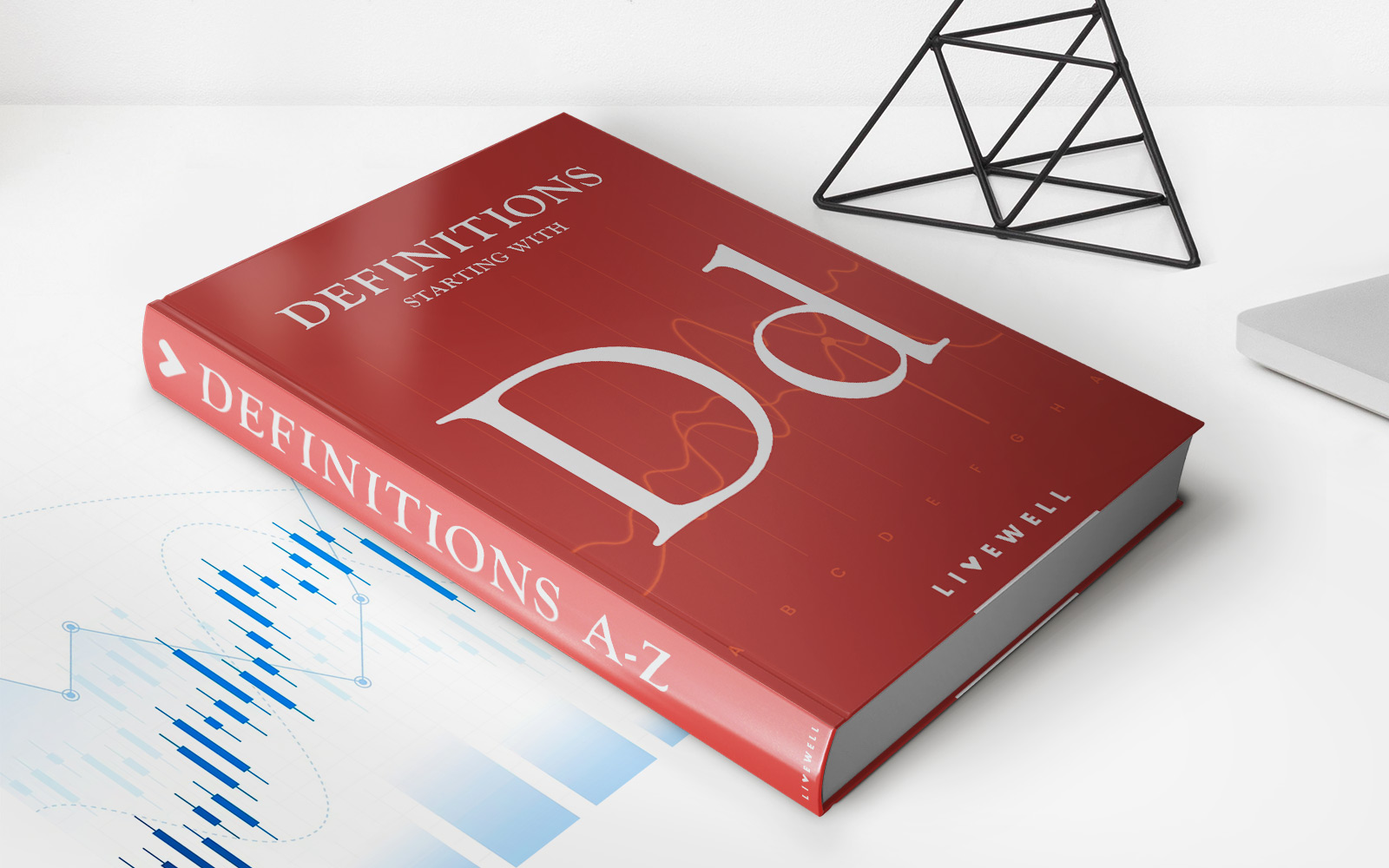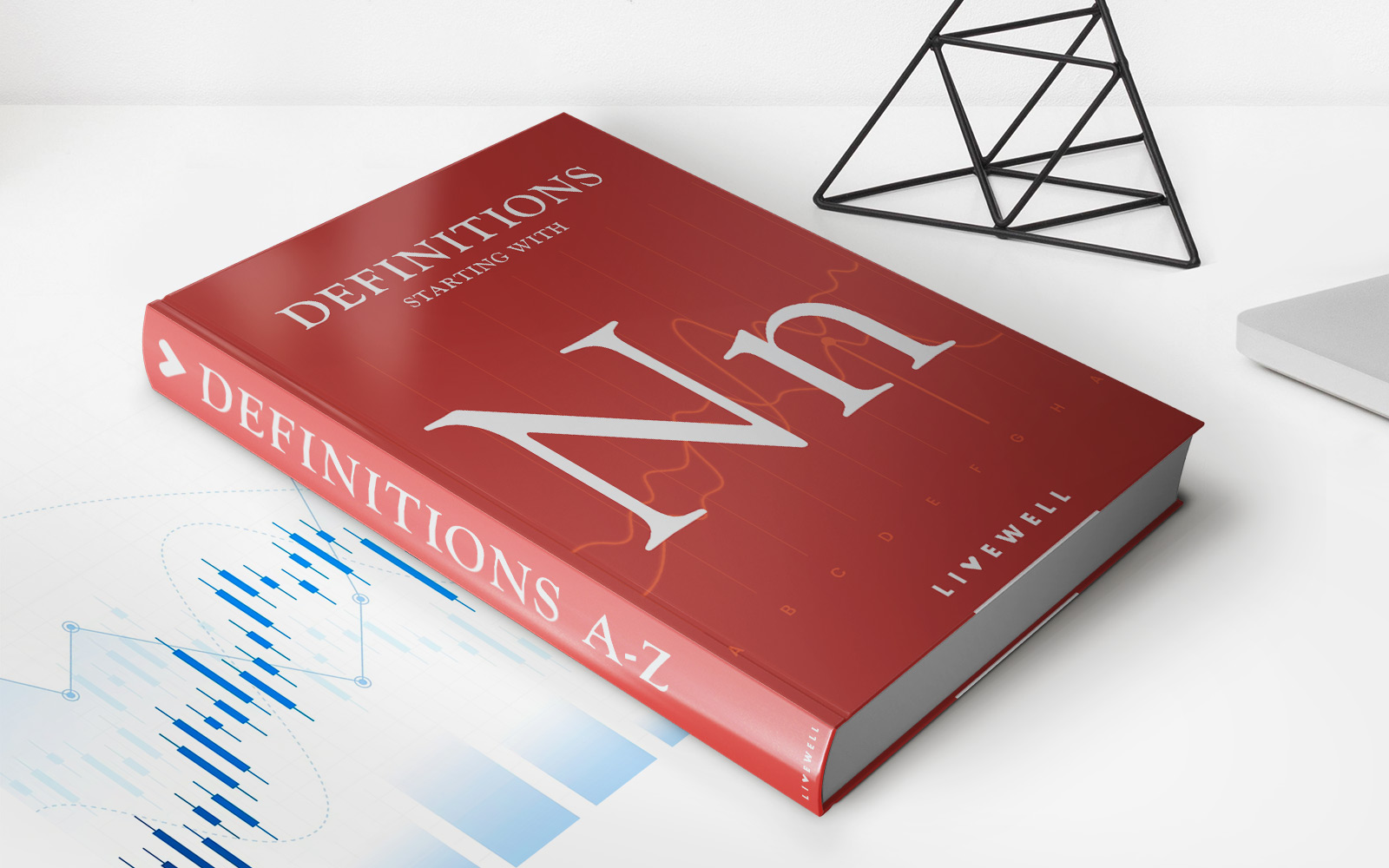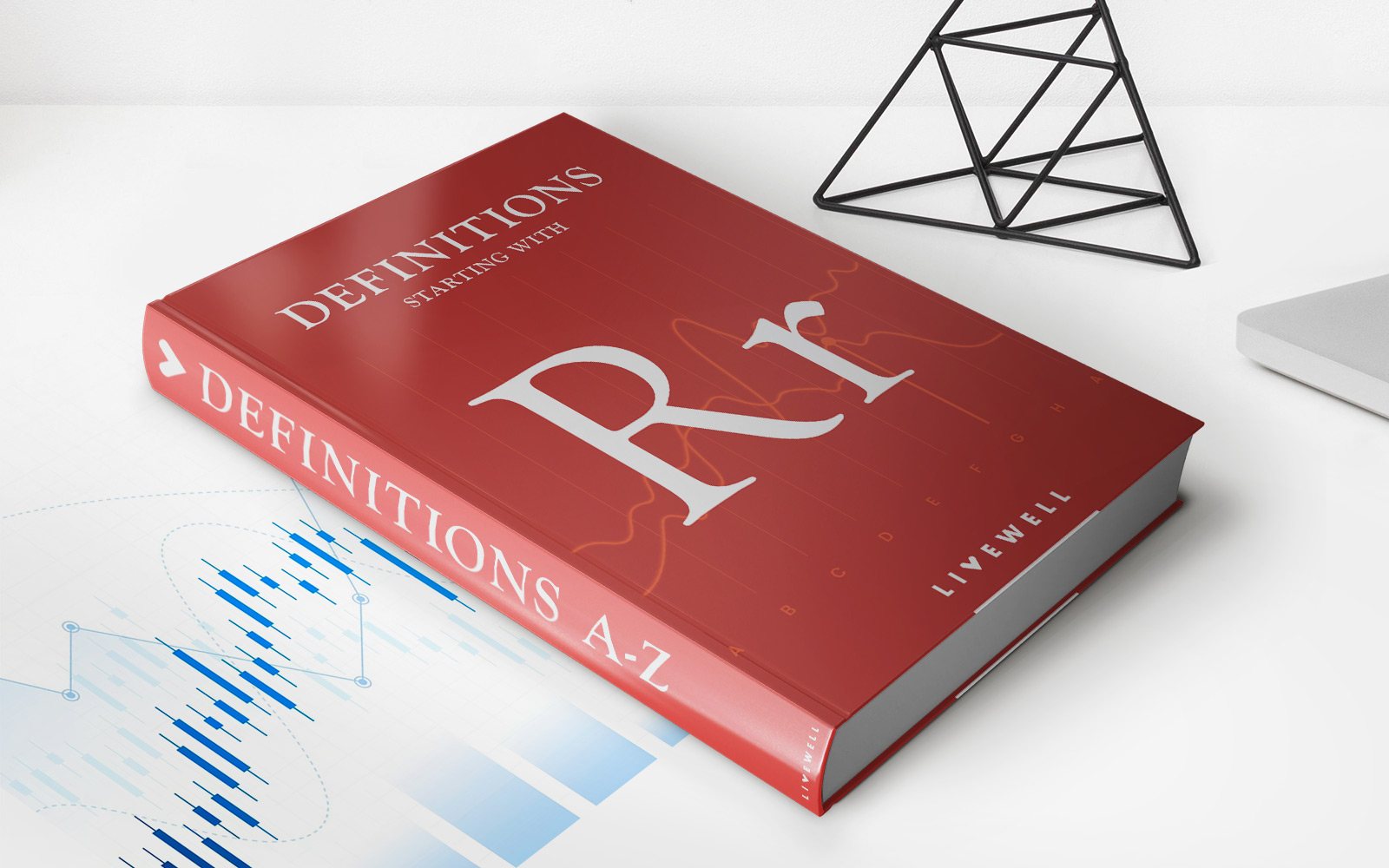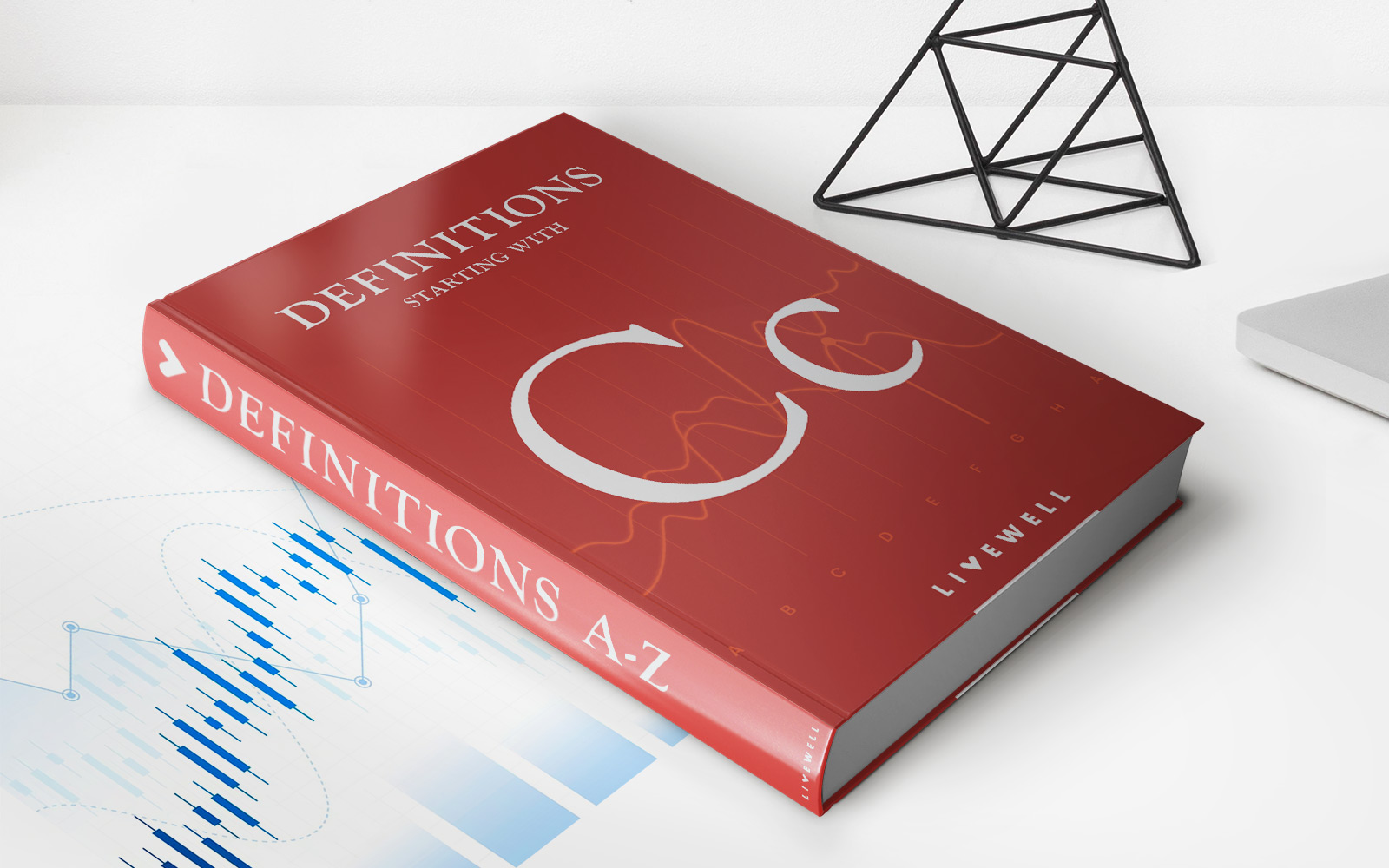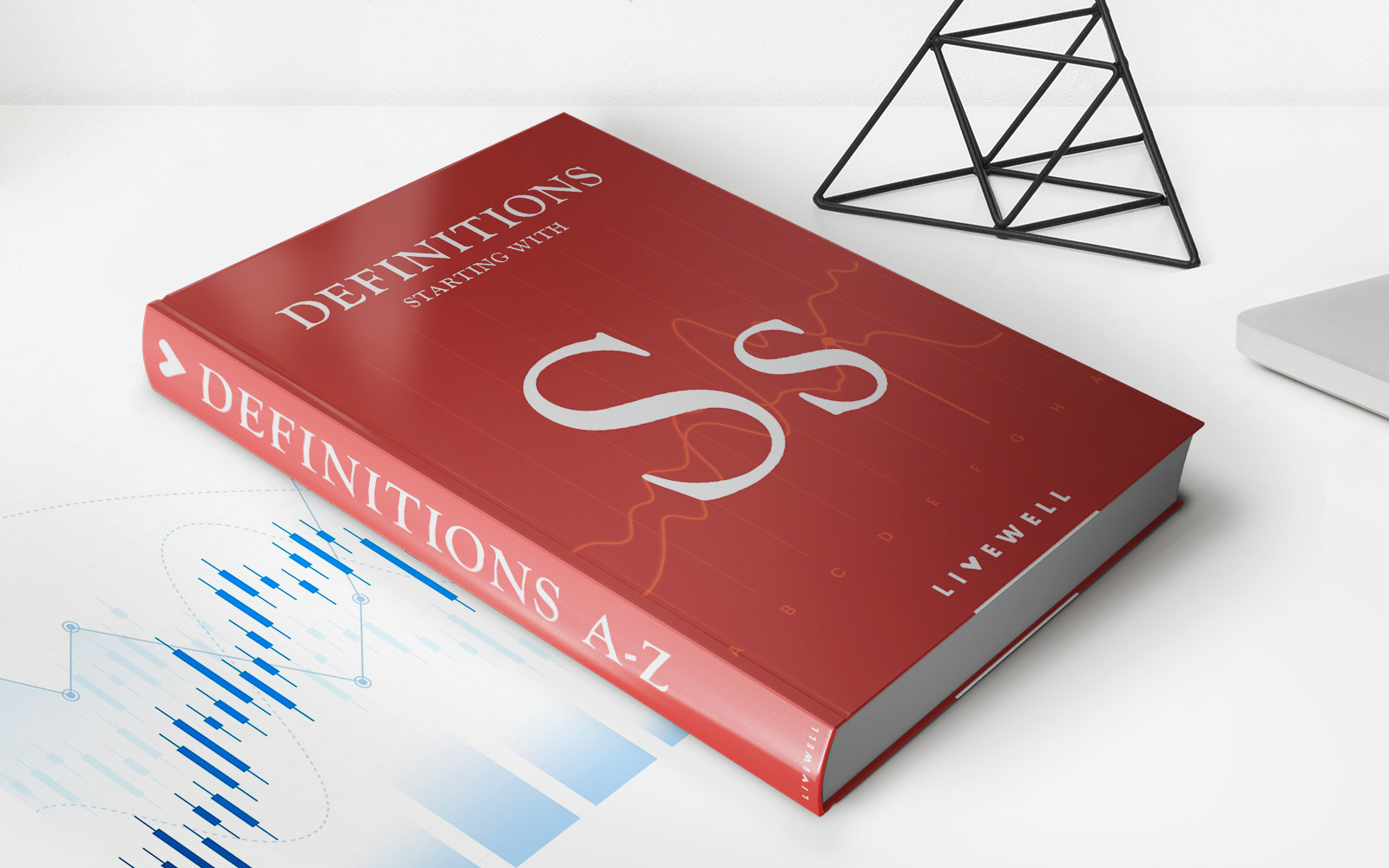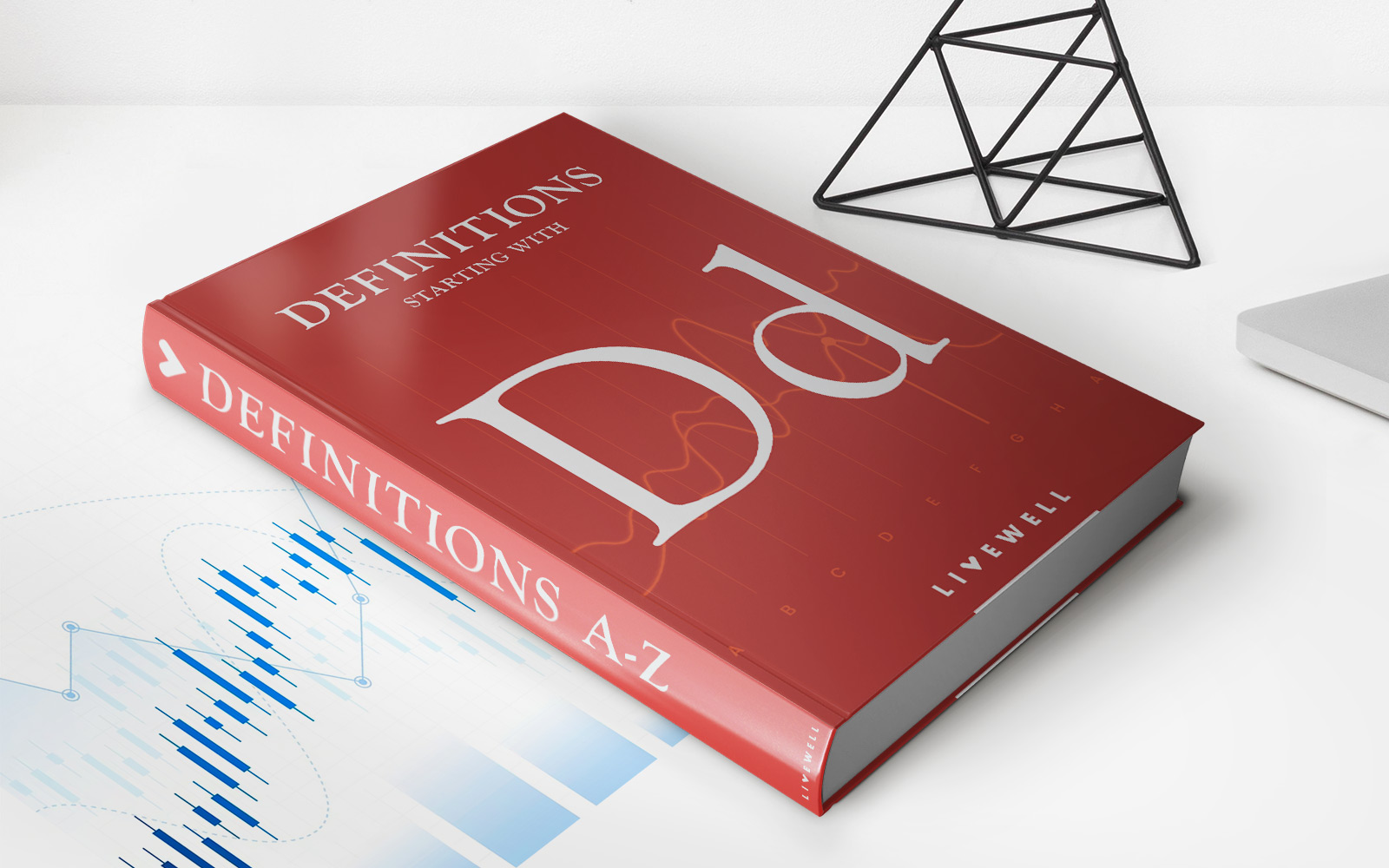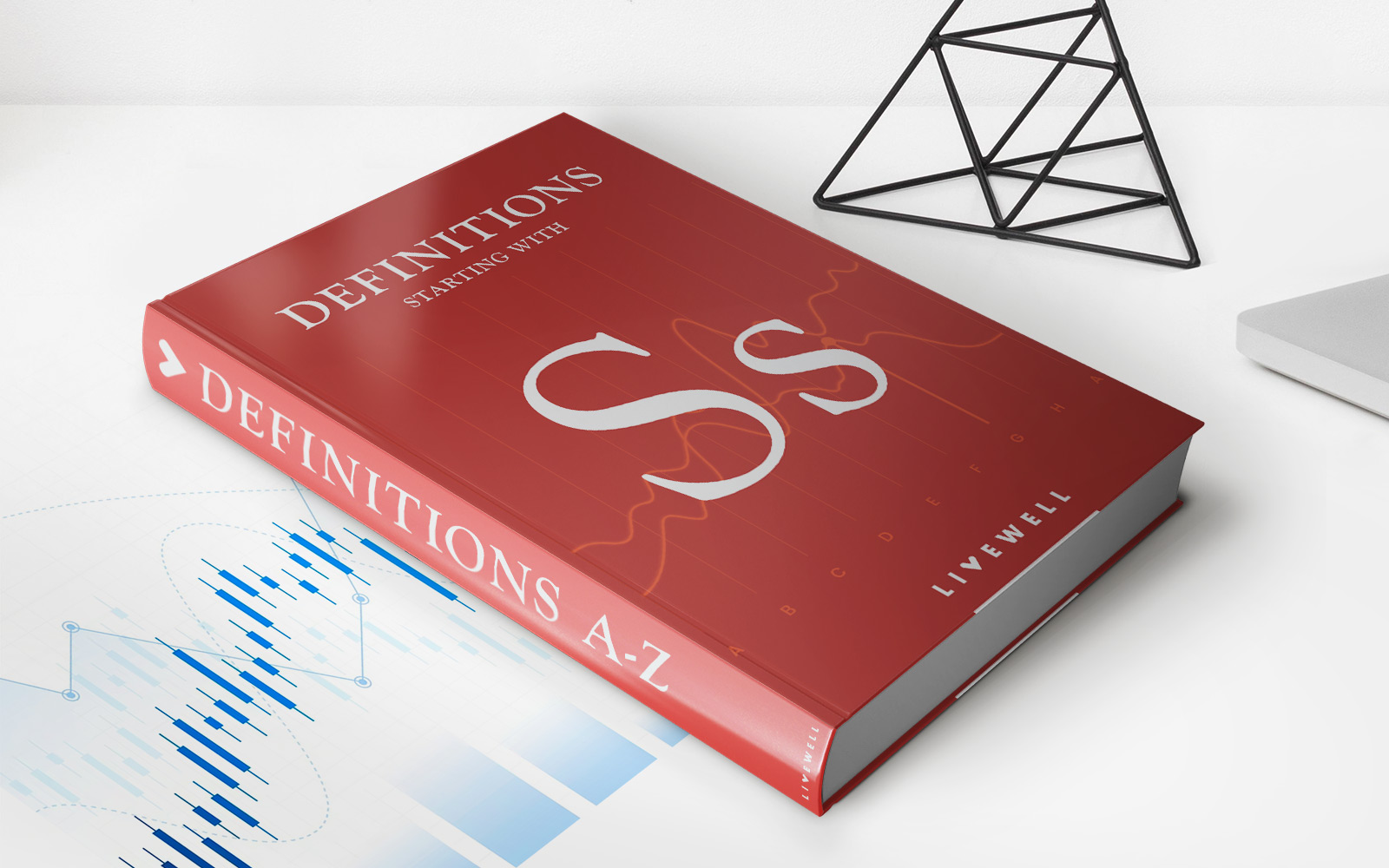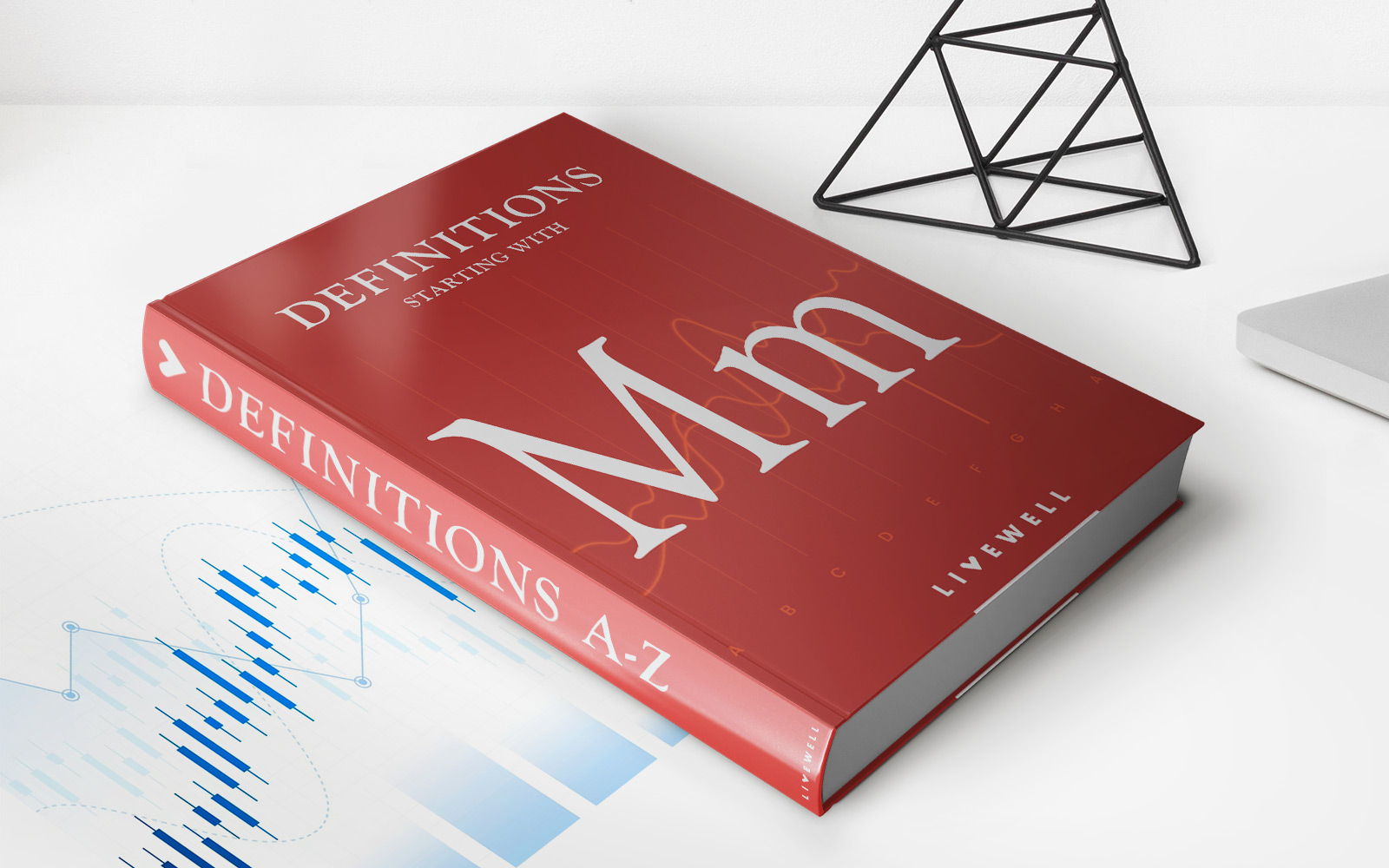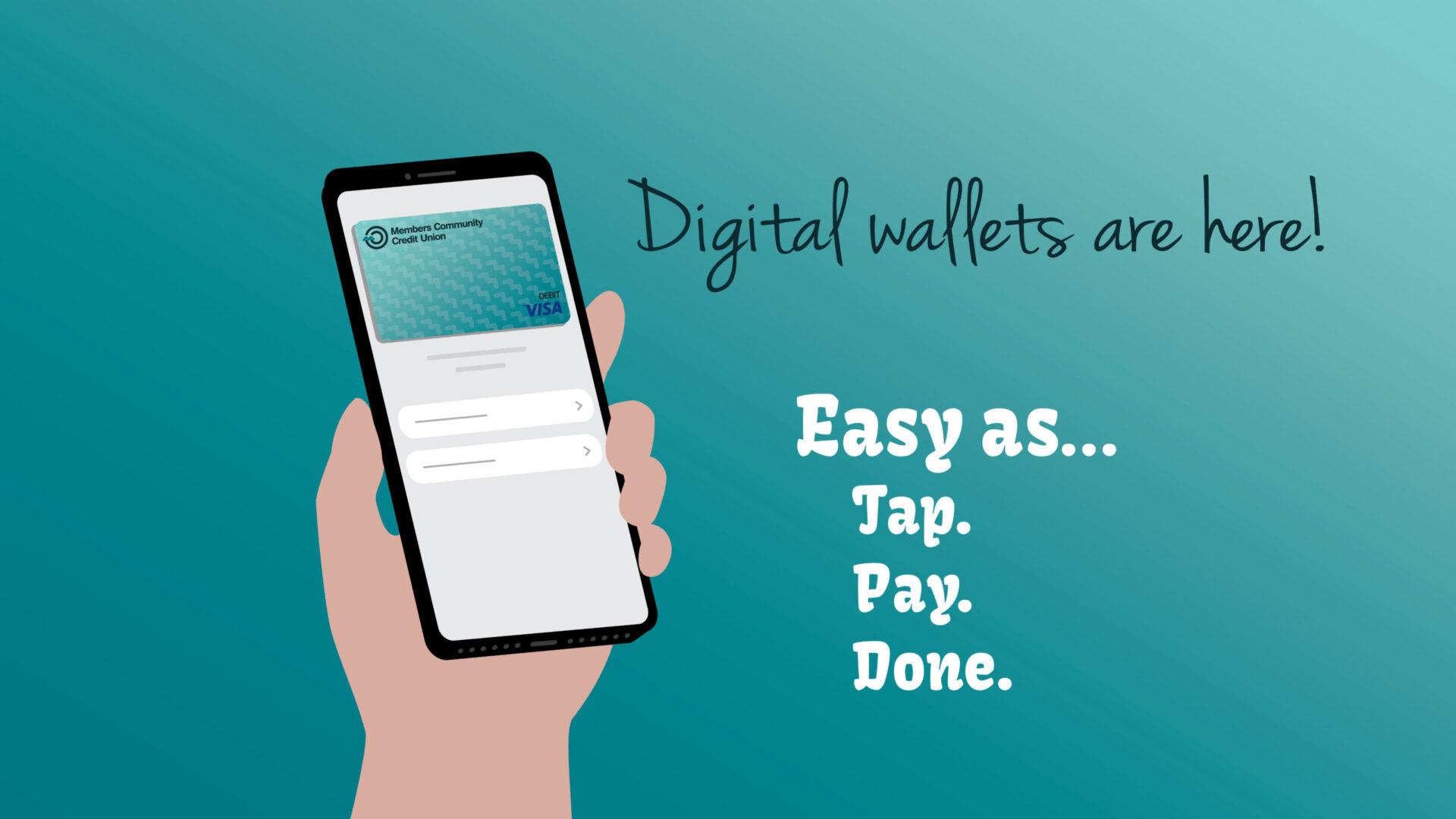Home>Finance>Debt Restructuring: Definition, How It Works, Types & Examples
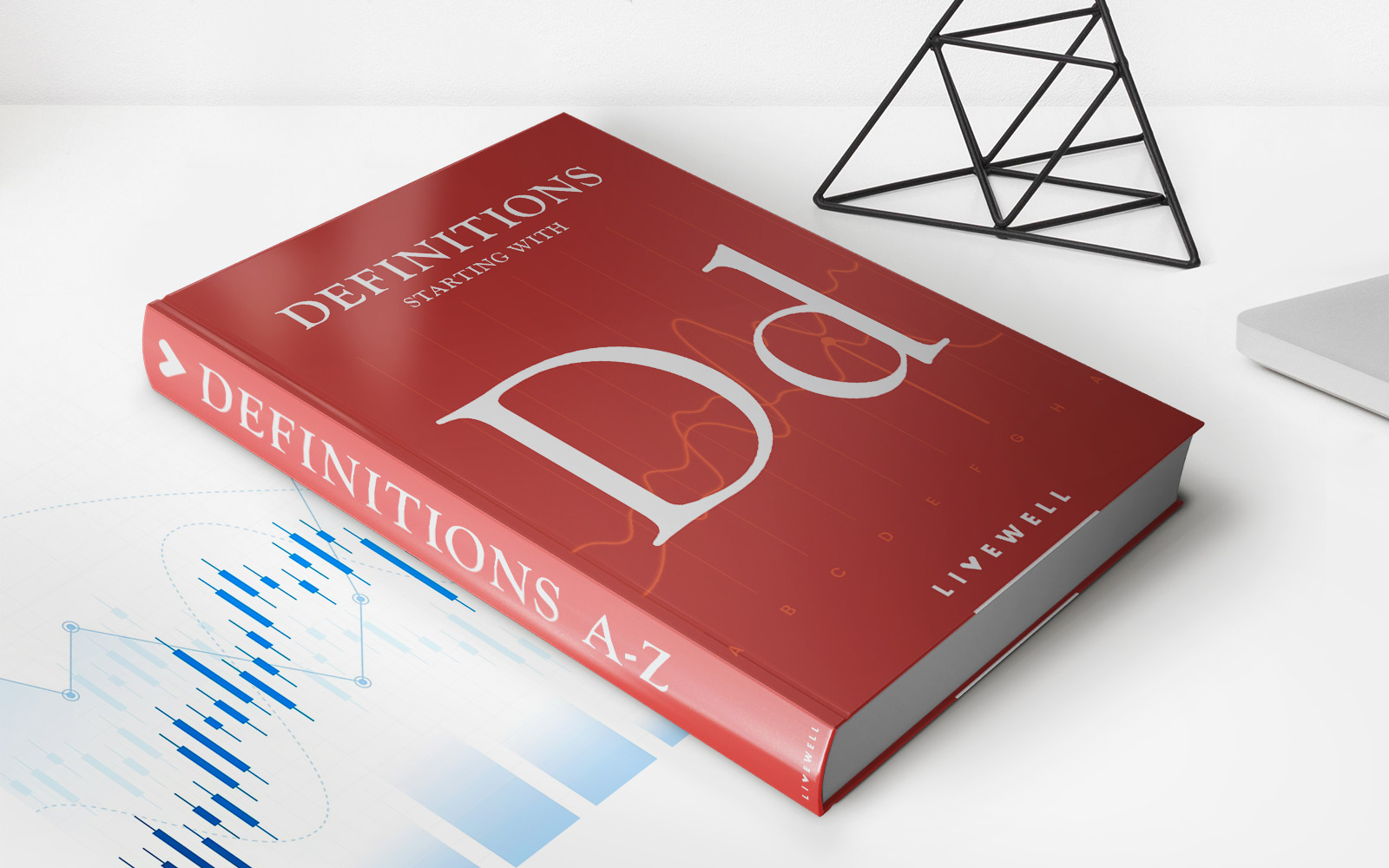

Finance
Debt Restructuring: Definition, How It Works, Types & Examples
Published: November 8, 2023
Learn about debt restructuring in finance including its definition, how it works, and different types, with examples to help you understand this crucial financial concept.
(Many of the links in this article redirect to a specific reviewed product. Your purchase of these products through affiliate links helps to generate commission for LiveWell, at no extra cost. Learn more)
Debt Restructuring: Definition, How It Works, Types & Examples
Are you feeling overwhelmed by your financial obligations? Are the mounting debts causing stress and anxiety? If so, debt restructuring might be the solution you’ve been searching for. In this blog post, we will explore what debt restructuring is, how it works, discuss its types, and provide real-life examples to help you understand its significance in managing your finances.
Key Takeaways:
- Debt restructuring is a financial strategy that aims to modify the terms or structure of a debt to make it more manageable for the debtor.
- It can help individuals and businesses struggling with debt by creating a feasible repayment plan, reducing interest rates, extending the repayment period, or even forgiving a portion of the debt.
What is Debt Restructuring?
Debt restructuring is a process where a debtor and creditor agree to modify the terms of an existing debt agreement. The goal is to provide relief to the debtor while ensuring that the creditor receives at least some portion of the owed amount. It is a common practice in situations where a debtor is facing financial difficulties and is unable to meet their current repayment obligations.
Debt restructuring can involve various changes to the existing debt arrangement, including:
- Interest Rate Modification: Lowering the interest rate can make the debt more affordable for the debtor, reducing their overall financial burden.
- Principal Reduction: In some cases, a creditor may agree to reduce the amount owed by the debtor, making the repayment more achievable.
- Extended Repayment Terms: Extending the repayment period can help alleviate the immediate financial strain on the debtor by reducing the monthly payment amount.
- Consolidation: Combining multiple debts into a single loan with a lower interest rate and a longer repayment term can simplify the repayment process.
By modifying the terms of the debt, debt restructuring provides individuals and businesses with an opportunity to regain control over their finances and avoid bankruptcy.
Types of Debt Restructuring
Debt restructuring can take various forms and depends on the specific needs and circumstances of the debtor. Here are some common types of debt restructuring:
- Corporate Debt Restructuring: When businesses face financial distress, they may undergo corporate debt restructuring to renegotiate their debts and improve their cash flow.
- Mortgage Loan Modification: Homeowners struggling to keep up with their mortgage payments can seek loan modification to adjust the terms and make their mortgage more affordable.
- Debt Consolidation Loan: This involves combining multiple debts into a single loan, often with a lower interest rate, making it easier to manage and repay the debt.
- Credit Card Debt Settlement: Debt settlement negotiations can lead to reduced amounts owed to credit card companies, allowing debtors to resolve their outstanding balances for a lower sum.
Real-Life Examples of Debt Restructuring
To give you a clearer understanding of how debt restructuring works in practice, let’s take a brief look at two real-life examples:
- Company XYZ: Company XYZ, a struggling manufacturing firm, is drowning in debt and unable to meet its financial obligations. Through negotiations with its creditors, the company successfully restructures its debts by extending the repayment period, resulting in reduced monthly payments and improved cash flow. This allows the company to stay afloat and gradually repay its debts.
- Individual ABC: Individual ABC finds themselves overwhelmed by credit card debts, making it impossible to keep up with the high-interest rates. They seek professional assistance and enroll in a debt management program. The program negotiates with the creditors, resulting in reduced interest rates and a manageable repayment plan. This enables Individual ABC to clear their debts with a structured approach while avoiding bankruptcy.
These examples highlight the significance of debt restructuring in providing relief to both businesses and individuals, allowing them to regain control of their finances and achieve long-term financial stability.
In Conclusion
Debt restructuring is a valuable financial strategy that can help individuals and businesses overcome their debt burdens. By modifying the terms of existing debts, debtors can make their repayments more manageable, reduce interest rates, extend repayment periods, or even have a portion of their debts forgiven. If you find yourself struggling with debts, exploring debt restructuring as a potential solution could be a wise decision. However, it is always advisable to seek professional advice from financial experts who can guide you through the process and help you make informed decisions tailored to your specific financial situation.


